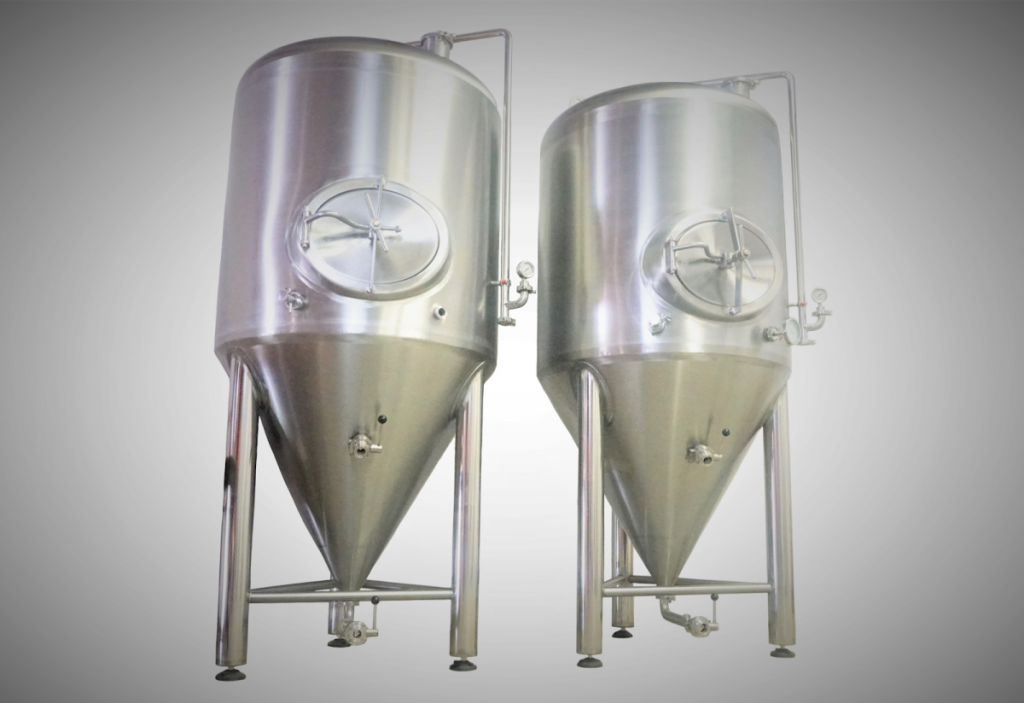New Year, New Means of Production: Starting a Brewstillery

By Bradley Newell
We’re getting dangerously close to the new year and all the possibilities that come along with it. As we say goodbye to the rollercoaster of insanity that has been 2020, let’s look ahead to see what we can do to build on what we’ve learned this past year and start working toward creating a better future. Many of our customers have added distillation equipment to craft new spirits, tried their hand at distilling hand sanitizer, or maybe even looked into a new continuous distillation setup. But what about the brewers out there who have seen their brewery tours and bar revenue dry up? If you’ve already got the brewing capacity – and you’ve got the desire to innovate – now may be a great time to look at making your brewery into a combined brewery and distillery – or brewstillery.
The Benefits of a Combined Brewery and Distillery
There are a lot of benefits to starting a distillery to combine with your brewing operation. Almost every distillery makes its own beer to distill into spirits, so a brewery has the advantage of already brewing a good bit of beer. There are some differences between the beer most distillers ferment. Distillers go for higher ABV, and taste isn’t as important since the beer isn’t the final product. That being said, there’s no reason you can’t throw any beer you have that doesn’t meet your quality standards into the kettle to turn it into an amazing spirit.
Fun fact: distillation actually got its start as a way to reuse and preserve not-quite-so-edible foods that would have otherwise be thrown out. So, repurposing unpalatable beer for distilling not only helps reduce waste, but also provides you with more products, more flexibility, and potentially a more diverse client base – especially if the tasting room laws in your area allow cocktail sales so you can cater to drinkers of all types!
Choosing Among Craft Distilling Equipment For Sale
What craft distilling equipment will you need to get started with your combined brewery and distillery? Choosing the right distilling equipment really depends on what spirit you’d like to start distilling.
- Whiskey and/or bourbon – The audiences for both these spirits and beer seem to have a lot of overlap, making them excellent matches for beer production. Another great benefit is that you’ll have whiskey and/or bourbon barrels for aging your beer once the spirit has matured! The potential drawback to making any aged spirit is that you can’t really rush mother nature. It takes time for many spirits to mature.
- Vodka – The exception to the aging rule is vodka. It sidesteps the aging process altogether, and you can start to see a return on investment much sooner than with an aged spirit. Plus, ready-to-drink cocktails, or RTDs, like vodka hard seltzers can be a great vertical to get into to capture a share of a different market. The only downside to making a vodka compared to a whiskey or bourbon is that vodka is typically a much more refined product with much more subtle flavor, so it takes more equipment to produce it. With whiskey and bourbon, you can pot still it or do a single pass through a few plates in a column. With vodka, you’ll need a least three to five times more plates to make a quality product. These are just some examples and if there’s enough interest we may do a future article on how to make gin and other spirits in your new brewstillery.
For either spirit, the commercial distilling equipment and components needed can be as complicated or simple as you’d like. You can have a more traditional-style pot still for whiskey, a column still to help you clean up the spirit, a hybrid still, a separate gin basket, or even a production system that can do a little bit of everything. The specifics and sizing really depend on the types and quantities of spirits you plan to make. The good news is that the team at StillDragon can help you come up with a plan and design a system to meet your needs. For tips on where to save and where to splurge, check out this blog post on finding affordable distillery equipment.
It may be a good idea to start small and dial in your recipe, or you may want to have a production-ready still that will be able to pay for itself more quickly. You’ll also want to think about what modifications you’ll need to make to your bottling lines or any new equipment you may want to add there. Navigating the TTB and getting your equipment licensed is never fun, but it should (theoretically) be easier since you’re familiar with the process. Local regulations can vary quite a bit, though, so always check on the requirements before you get too deep into the planning process.
There is a lot that goes into combining your brewery with a distillery, but the craft of brewing and the craft of distilling both come from a place of passion and creativity. Adding on a distillery to your brewery will definitely be a lot of work, but the benefits should far outweigh the cost. Having more diverse offerings and the ability to educate your customers on fermentation, distilling, and even mixology will help create an environment in which people will want to enjoy learning something new.
We’d love to be able to help you make that happen! Contact us for help getting started on designing the perfect brewstillery for your operation.